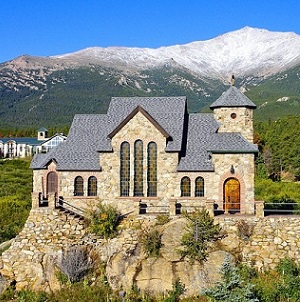About Siena
Siena particularly is a fascinating city on the border with Gothic architecture and Tuscan cuisine. It is home to an imposing medieval center and full of suggestive buildings. However, it is often extremely difficult to find accommodation in Siena during the Palio festival. Piazza Campo is Siena’s main public square, next to the Palazzo Comunale, along with a number of churches, museums, and outdoor cafes. Siena is the perfect base for those wishing to explore central Tuscany. Its tourist office in Piazza del Campo offers information on nearby excursions and tourist attractions.



Interesting facts About Siena
This beautiful city has medieval architecture and many elegant buildings. One of Siena’s main tourist attractions is the city’s glorious Duomo and the Cathedral of Santa Maria. Yet this is just one of the many historical jewels of the city. There are also ancient Baptistery of San Giovanni, the opulent Palazzo del Magnifico and the Oratory of San Bernardino. The numerous and impressive monuments of Siena surround its main public squares, such as Piazza del Campo and, to a lesser extent, Piazza Salim Beni. Piazza Campo is the place where the famous Palio of the city takes place twice a year. Another thing tourists should be aware of in Siena is the Torre Mangia, a particularly striking tower that is now widely associated with the city and the second tallest in all of Italy.
Moreover, there are several museums for tourists who want more information on a variety of topics. Always popular are the archaeology and palaeontology museums, the last of which is famous for dinosaur fossils. Natural history exhibits at the Zoological Museum are also popular in Siena. It represents the spectacular Italian works of art and masterpiece at the Museo dell ‘Opera. Tuscany is a truly wonderful region of Italy to explore, and Florence is relatively close too. Also worth visiting are the vineyards and olive groves of Brunello within the hill town of Montalcino. The medieval centre in the village of Radda, and the towers of San Gemignani, of which 13 remain, although historically there have been more then70 in total.
